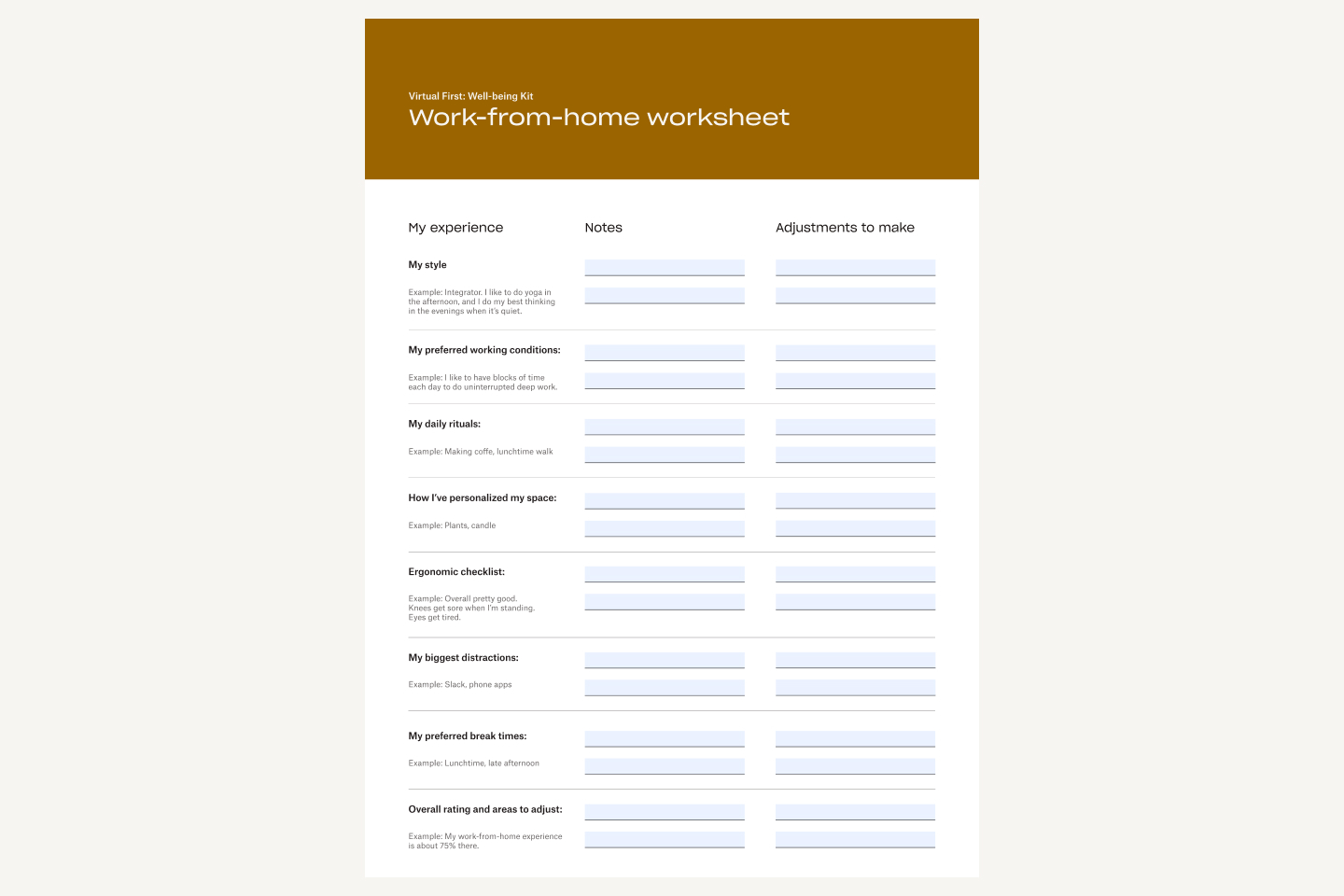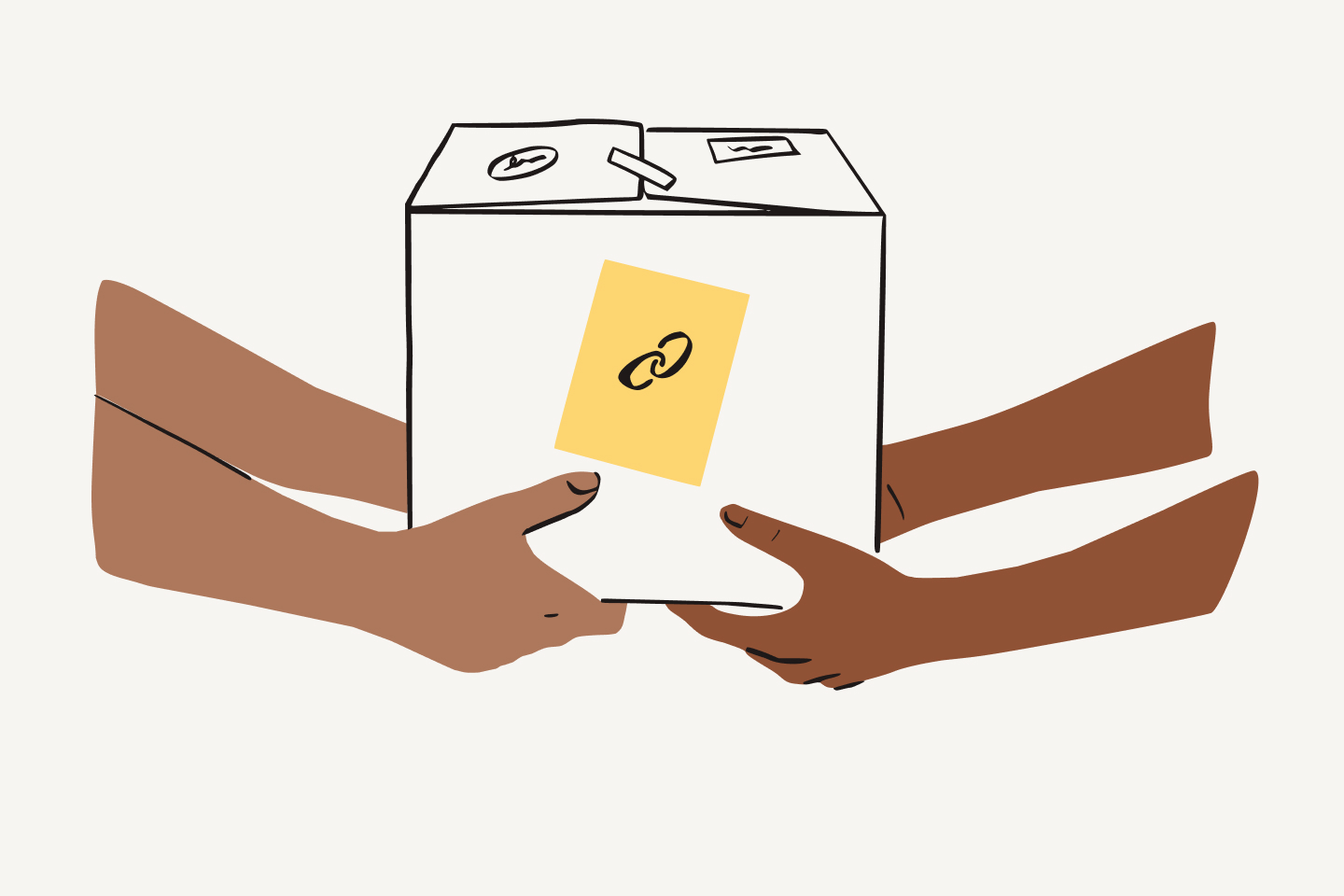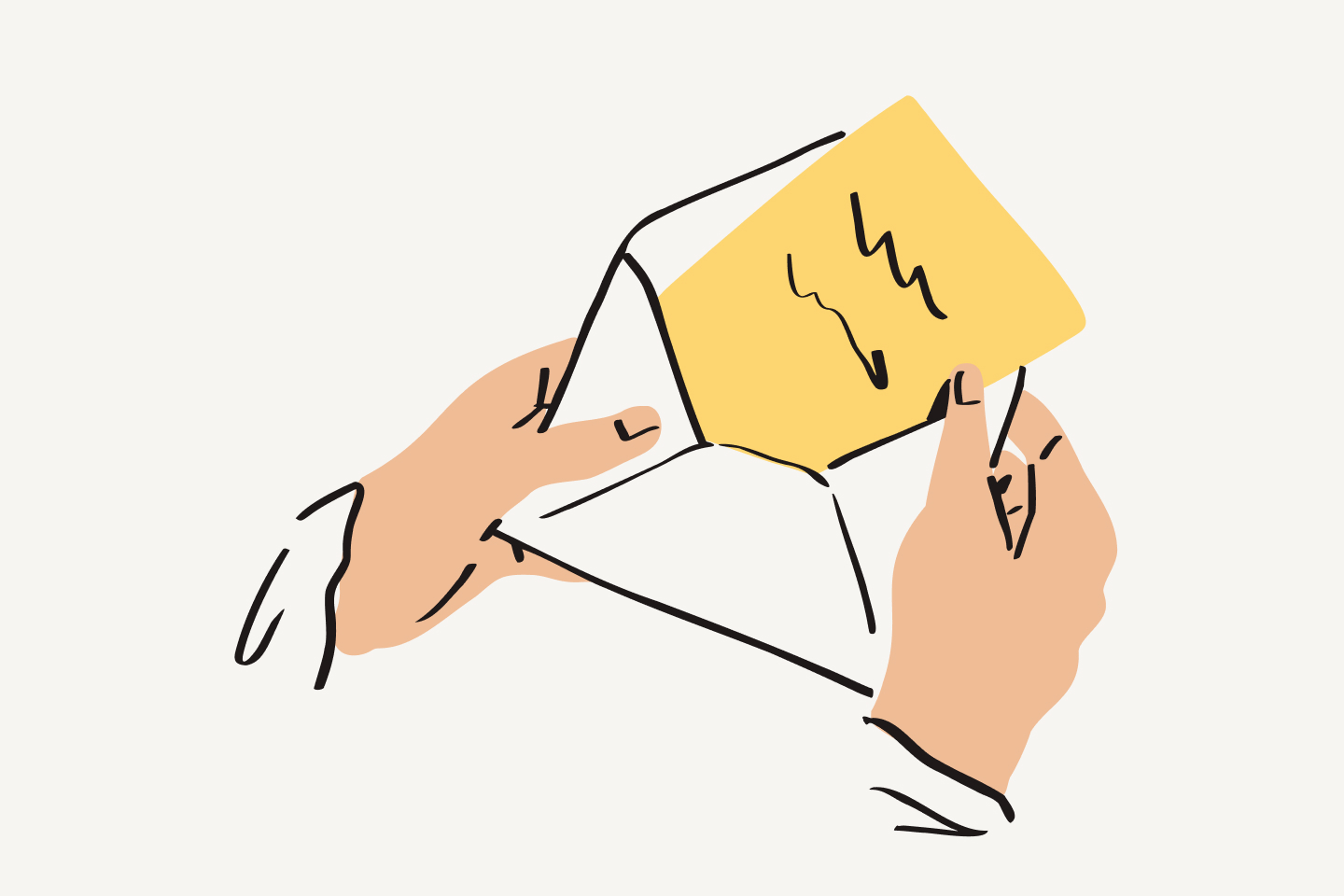Step 2: Find your style
One of the best aspects of remote work is the ability to customize an approach that fits your life. First things first: It’s helpful to know whether you’re a work–life integrator or work–life segmentor.
Work–life integrators can shift easily between personal and professional tasks throughout the workday. They might respond to emails after dinner, run to the pharmacy between meetings, or exercise mid-afternoon to refresh and recharge. If you’re an integrator, you probably don’t mind working odd hours, because you tend to see the workday as fluid.
Work–life segmentors like to stay completely focused on work projects during the workday, preferring to not break stride or interrupt focus. When they’re on the job, they’re charging ahead—and when they hang it up for the day, they’re done and not checking in. If you’re a segmentor, you likely have clear and consistent bookends for the start and end of every workday.
Knowing your style can help you set expectations, collaborate more efficiently, and stay in the zone where you’re naturally most productive.
Step 3: Create daily rituals
There’s plenty of evidence that daily rituals are good for our mental and physical well-being. Rituals help us begin and end each day intentionally. They can increase feelings of calm, instill discipline, and boost mental performance. They can also help us feel a sense of control, which in turn lowers stress and anxiety levels.
A daily ritual can be as simple as making your bed each morning, getting dressed like you’re going to an office (even if it’s just down the hall), meditating, or walking the dog. You might also find that reserving “commute” time at both ends of the workday—even if you don’t leave home—can help your brain prepare, process, and shift gears.
Whatever you do, don’t force it. Rituals should help you feel structured and balanced, not overwhelmed. Pay attention to how you’re feeling, work with your natural rhythms, and, most importantly, be consistent.
Step 4: Personalize your workspace
Research shows that positive emotions are linked to creativity, broader thinking, and receptivity to new ideas. So creating a workspace that you actually want to be in can actually make you better at your job. Also, we spend a lot of hours at a desk, so why not make it as inviting as possible?
Healthy additions to your workspace:
- Live plants. Greenery improves air quality, has been shown to increase focus, and can even help stabilize your mood. Sitting near a window can have a similar effect.
- A water bottle to remind you to stay hydrated and avoid the afternoon crash—especially if you’re an all-day coffee drinker.
- Photos, art, and personal touches that inspire you.
- Sensory items, like a colorful mug, scented candle, essential-oils diffuser, or throw blanket.
- Mood-boosting music and noise-canceling headphones. Tip: Instrumental-only tunes with a steady tempo have been shown to help with deep work.
- Healthy snacks that keep you powered up, like fruit, veggies and dip, and mixed nuts.
Step 5: Consider ergonomics
Simply stated, working from home should never hurt. Ergonomics is the science of designing and arranging things for safe, efficient human use. Sometimes even a few small tweaks to your setup can make all the difference in how your body feels at the end of the workday.
- Your chair should be comfortable yet supportive (no couch camping).
- When you sit at your desk, elbows should be bent at a 90-degree angle.
- Hands and wrists should rest flat on the computer keyboard and the mouse or trackpad. You shouldn’t need to lean forward to reach them.
- Position your monitor so that you’re looking straight ahead, not down. The ideal eyeline is two or three inches below the top of the frame.
- If you stand while working, use a rug or memory-foam mat to take pressure off your joints.
- Reduce eyestrain and irritation with layered lighting: an overhead light plus desk lamp.
- Try a desk lamp with cool and warm settings that you can adjust for different levels of natural light throughout the day. A space that’s too bright or too dim can cause fatigue.
Step 6: Minimize distractions
Whether you’re working from a home office, bedroom, or the kitchen table, distractions are inevitable—from family members, pets, roommates, and delivery people to TV shows, podcasts, and an internet full of everything.
The challenge is to create an environment that’s conducive to productivity within a space that you’ve designed for, well, living. Here are some tips for creating physical and mental boundaries that will help you stay focused:
- Make a plan. Whether you’re an integrator or a segmentor, it helps to assign yourself mini-deadlines, or plot out chunks of the day for working on specific tasks.
- Communicate. Let the people you live with know when you need quiet time and when you’ll be available again. The same goes for your coworkers. Block off both on your calendar.
- Limit temptations. Sometimes facing away from something is all it takes to lessen its grip on you. It could be the TV, the fridge, or even the apps on your phone.
- Quiet notifications. Everything competes for our attention these days, but not all alerts are created equal. Decide which are actually helpful—like meeting reminders—and quiet the rest.
- Remember your rituals. When you punctuate every day with activities that make you feel good, it’s easier to stay focused and positive when doing work.
Step 7: Plan to tune out
You know your limits. Sometimes you have to enjoy some truly unfocused personal time to stay focused at work, protect your emotional bandwidth, and prevent burnout.
Whether you’re considering a long weekend or a significant vacation, make sure your team members have all the right info before you go. Because when they know what to do and where to find things when you’re gone, you can fully unplug and recharge.
Use the sample email template below to help you plan ahead (add as many open projects as you have). A good rule of thumb is to share it a few days before posting your OOO message, in case anyone has questions.
SAMPLE EMAIL TEMPLATE
Hi team,
Here’s everything you’ll need to know to keep projects moving forward while I’m away.
My out of office dates:
Open project:
Status:
Teammate covering for me:
Can make decisions/approvals in my absence (Y/N):
Links to relevant docs:
Add’l notes or context:
If you have any questions, please let me know by [DATE]. Thanks!



